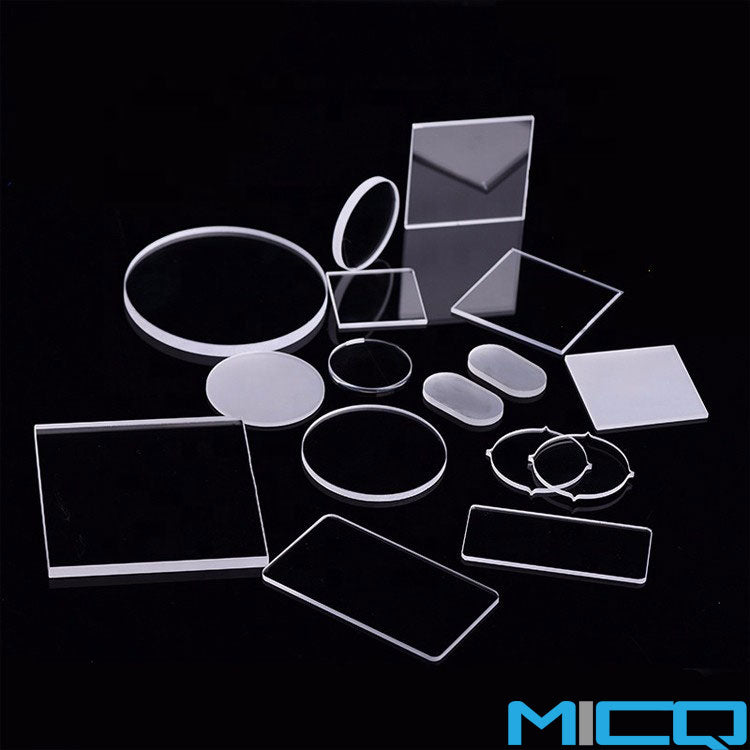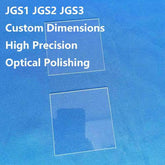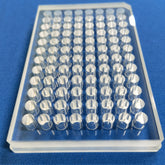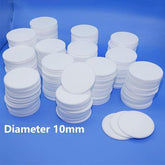Common Polishing Methods of Sapphire Windows
Sapphire glass can serve as optical window lenses, lens protective covers, observation windows, armored windows, wear-resistant windows, optical components, and high-temperature impact resistant optical windows. Sapphire glass windows exhibit high transmission in the ultraviolet and visible light wavelength, with a transmittance range of 170 nm to 5.5 μm. They also demonstrate excellent high-temperature resistance (capable of prolonged use at 1700°C), exceptional hardness, and strong resistance to acid and alkali corrosion. The processing of sapphire optical windows uses the following methods:
1. Hydration polishing
The fundamental principle of hydration polishing can be summarized as follows: during the process of ceramic polishing machining, the polishing disc and the sapphire surface undergo friction, resulting in the generation of high temperatures and pressures at the point of contact. These conditions serve to activate the atoms of the sapphire surface through the utilization of superheated water vapor. Gas molecules interact with water on its surface to form a hydration chemical reaction layer at the interface. Subsequently, the application of superheated water vapor facilitates the removal of the hydration layer from the sapphire lens surface, thereby ensuring the attainment of an ultra-precision machining quality.
 2. Laser polishing
2. Laser polishing
Through the thermal and photochemical interaction between laser and sapphire, it can be categorized into two distinct methods: cold polishing and hot polishing. Cold polishing involves using a short wavelength laser to chemically decompose and remove materials. Following the absorption of light molecules by the sapphire surface, the surface structure is destroyed and the surface material separates, leading to the removal of the surface material. Sapphire optical window hot polishing typically involves the utilization of a continuous long-wavelength laser, along with techniques such as melting, evaporation, and other methods, for the purpose of removing the surface composition of the material. However, it is important to note that this process results in a significant thermal temperature gradient and thermal stress. These factors can potentially lead to the formation of cracks, surface roughness, and other undesirable effects, so the hot polishing is more suitable for rough polishing. The cold polishing process exhibits low thermal stress and few cracks, which is suitable for ultra-precision polishing.
 Minimizing the duration of laser action on the glass surface reduces its impact on the material, thereby enhancing the processing quality. Consequently, ultrafast laser technology has emerged as a focal point in the field of precision manufacturing. Despite this, traditional nanosecond laser processing equipment continues to dominate the market in precision machining applications.
Minimizing the duration of laser action on the glass surface reduces its impact on the material, thereby enhancing the processing quality. Consequently, ultrafast laser technology has emerged as a focal point in the field of precision manufacturing. Despite this, traditional nanosecond laser processing equipment continues to dominate the market in precision machining applications.






